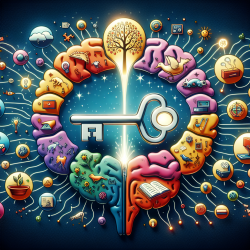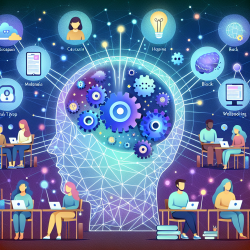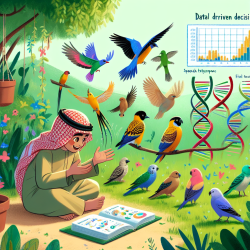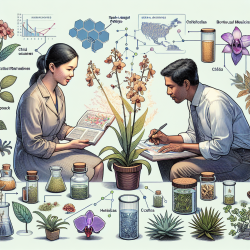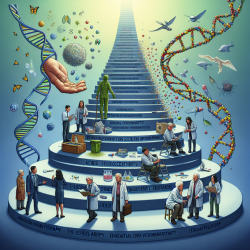Understanding the Brain's Language Networks: Insights from Recent Research
Language is a fundamental aspect of human communication, and understanding how our brains process language can significantly enhance therapeutic approaches, especially for individuals with language impairments such as post-stroke aphasia. Recent research titled "Separate neural systems support representations for actions and objects during narrative speech in post-stroke aphasia?" sheds light on the distinct neural networks that underpin the production of nouns and verbs, offering valuable insights for practitioners in the field of language therapy.
The Study in a Nutshell
The study conducted by Gleichgerrcht et al. (2015) explored the neural basis of language production in individuals with chronic stroke affecting the left hemisphere. Using advanced neuroimaging techniques, the researchers mapped the brain's connectome to identify networks associated with the production of nouns and verbs during narrative speech. Their findings revealed that nouns and verbs are supported by distinct neural networks, each engaging different brain regions.
Key Findings
- Nouns: The production of nouns was linked to a posterior network involving the occipital, posterior inferior temporal, and parietal regions. These areas are associated with visual processing, object recognition, and spatial attention.
- Verbs: Verbs were associated with a frontal network involving structures related to motor control and programming, highlighting the brain's reliance on motor areas for action representation.
Implications for Practitioners
For practitioners working with individuals with aphasia or other language impairments, these findings offer several practical implications:
- Targeted Therapy: Understanding the distinct neural networks for nouns and verbs can help therapists design targeted interventions that focus on strengthening specific neural pathways. For instance, therapy sessions can incorporate activities that stimulate the posterior network for noun production or the frontal network for verb production.
- Assessment and Diagnosis: The dissociation of neural networks for nouns and verbs can aid in more accurate assessment and diagnosis of language impairments. Practitioners can use this knowledge to identify specific areas of difficulty and tailor their therapeutic approaches accordingly.
- Rehabilitation Strategies: By focusing on the specific neural circuits involved in language production, rehabilitation strategies can be developed to enhance recovery in individuals with post-stroke aphasia. This could involve exercises that engage the motor areas for verbs or visual-spatial tasks for nouns.
Encouraging Further Research
While this study provides valuable insights, it also opens the door for further research. Practitioners are encouraged to explore additional studies that investigate the neural basis of language production in diverse populations and contexts. Understanding how different factors, such as age, cultural background, and language proficiency, influence these neural networks can enhance therapeutic approaches and improve outcomes for individuals with language impairments.
To read the original research paper, please follow this link: Separate neural systems support representations for actions and objects during narrative speech in post-stroke aphasia?
